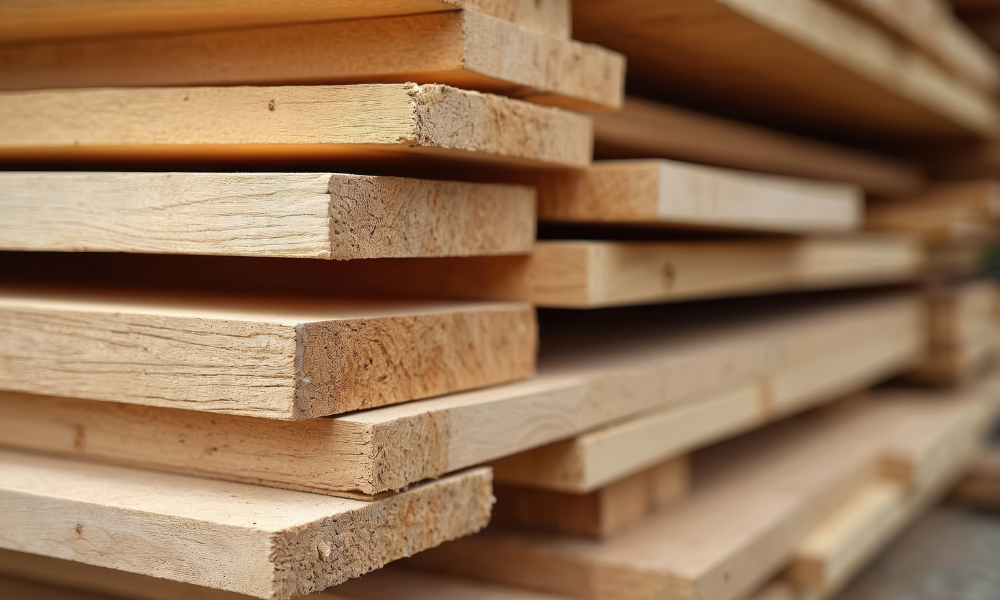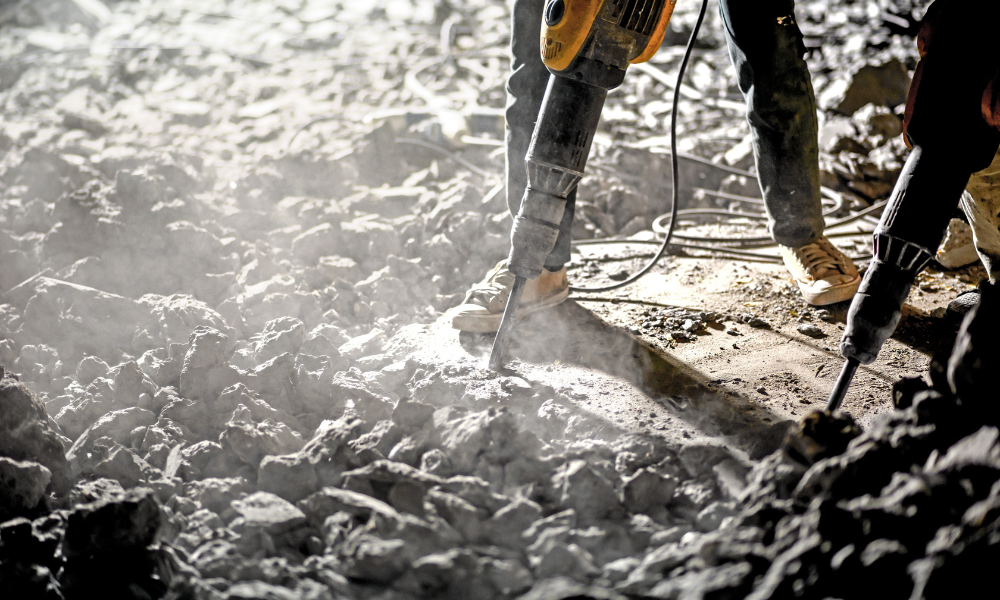WorkSafeBC findings classified as high-risk violations

Brink Forest Products, a British Columbia-based employer, has been fined $129,665.50 after a worker sustained serious injuries on the job.
The incident occurred at the company’s wood products manufacturing facility in Prince George, according to WorkSafeBC.
A worker was seriously injured while clearing a jam of wooden blocks in the waste conveyor system of a trimmer machine.
Following the incident, WorkSafeBC conducted a workplace inspection.
The agency found that Brink Forest Products “failed to ensure that energy sources were isolated and effectively controlled if the unexpected energization of machinery or release of an energy source could cause injury—a repeated violation.”
“The firm also failed to provide its workers with the information, instruction, training, and supervision necessary to ensure their health and safety,” WorkSafeBC added.
Both findings were classified as high-risk violations.
John Brink—president, founder and CEO of Brink Group of Companies—told Canadian Occupational Safety that they are appealing the penalty.
"At Brink Forest Products, the health and safety of our employees is our highest priority," he said via email. "We enforce rigorous safety protocols and maintain a collaborative and transparent relationship with WorkSafeBC. We are committed to ensuring all reporting on this matter reflects the facts accurately."
WorkSafeBC has also previously fined Brink Forest Products, finding the employer circumvented safeguards on two pieces of equipment. On a third machine, the safeguard was not adequately constructed to protect workers.
What are the safety precautions around conveyor systems?
According to the Canadian Centre for Occupational Health and Safety (CCOHS), there are many hazards associated with working at or near a conveyor, including:
- Rotating parts or pinch points can drag in, crush or entangle
- Confinement or assembly areas (the area between a fixed object and a moving one) can shear or crush
- Parts that slide or reciprocate (press down) can crush or shear
- Items can break or be ejected (thrown from) the conveyor system
- Items can fall off the conveyor
- Electrical, fire or explosion hazards
CCOHS shared the following safety tips around conveyors, which employers can share with their workers:
- Wear appropriate personal protective equipment (PPE) for the task, including a hard hat and safety shoes.
- Tie back (and tuck in) long hair.
- Know the location of the emergency "shut-off" devices and how to use them.
- Regularly inspect the conveyor, checking for loose or damaged parts
- Make sure all safeguards and guards, including cages, barriers, guardrails, warning signals, and other safety devices that are required are in place and operational.
- Consider working in pairs in case an emergency occurs.
- Follow your training and know how to work near machinery safely.
The agency also noted that workers should observe the following:
- Do not wear loose clothing or jewellery.
- Do not climb, step, sit or ride on the conveyors, even when it is stopped.
- Do not alter or remove guards or safety devices.
- Do not override safety controls
- Do not try to remove stuck items or debris until the conveyor is locked out.
- Do not service the conveyor without following lock-out procedures.





